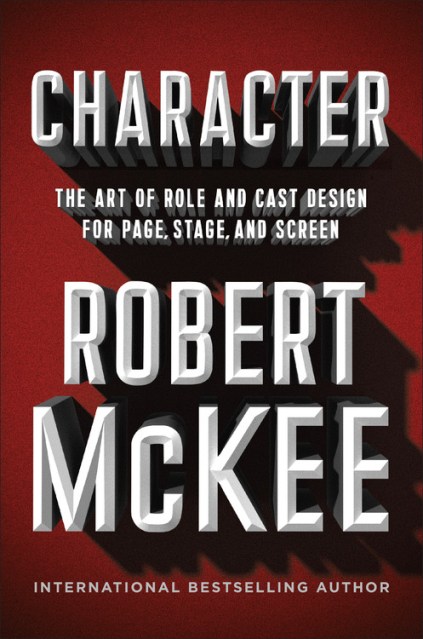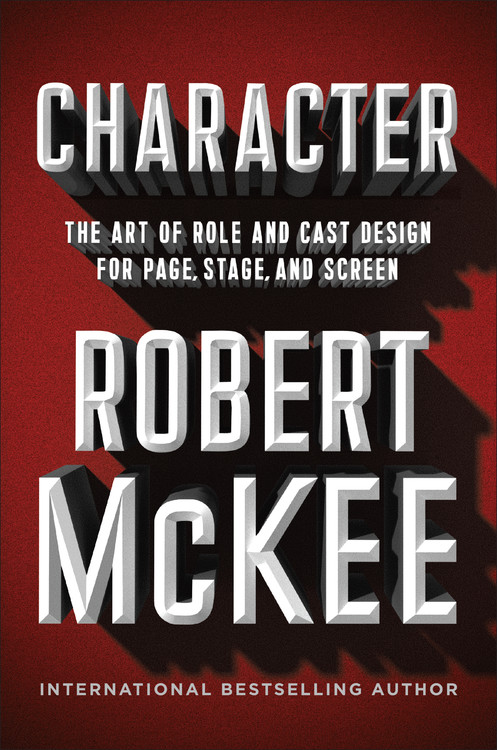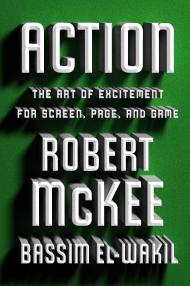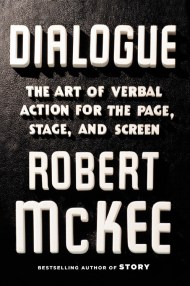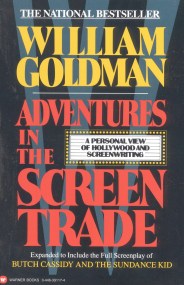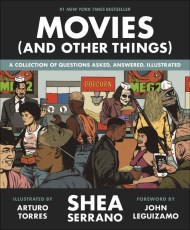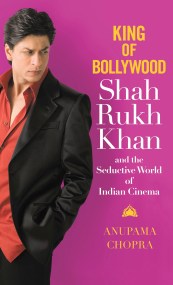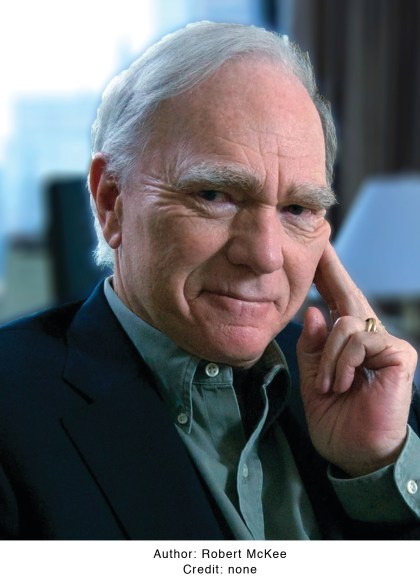Promotion
Use code MOM24 for 20% off site wide + free shipping over $45
Character
The Art of Role and Cast Design for Page, Stage, and Screen
Contributors
By Robert Mckee
Formats and Prices
Price
$35.00Price
$44.00 CADFormat
Format:
- Hardcover $35.00 $44.00 CAD
- ebook $9.99 $12.99 CAD
- Audiobook Download (Unabridged) $31.99
This item is a preorder. Your payment method will be charged immediately, and the product is expected to ship on or around May 25, 2021. This date is subject to change due to shipping delays beyond our control.
Also available from:
Following up his perennially bestselling writers' guide Story and his inspiring exploration of the art of verbal action in Dialogue, the most sought-after expert in the storytelling brings his insights to the creation of compelling characters and the design of their casts.
CHARACTER explores the design of a character universe: The dimensionality, complexity and arcing of a protagonist, the invention of orbiting major characters, all encircled by a cast of service and supporting roles.
Genre:
- On Sale
- May 25, 2021
- Page Count
- 336 pages
- Publisher
- Twelve
- ISBN-13
- 9781455591954
Newsletter Signup
By clicking ‘Sign Up,’ I acknowledge that I have read and agree to Hachette Book Group’s Privacy Policy and Terms of Use
